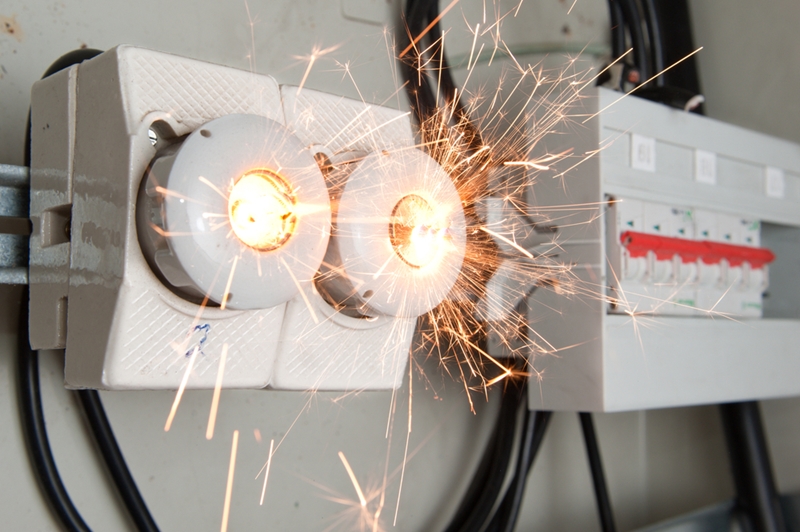Power is essential to keep cities running, and the impact of downtime can result in major damages as people try to make up for lost time. The recent San Francisco power outage demonstrated just how much of an effect a blackout can have on a city, particularly a densely populated area.
According to Wired, 90,000 customers of Pacific Gas & Electric lost power around 9:30 a.m., soon after the workday started. The outage caused traffic lights to go blank and halted train and line-powered bus services. There are a few lessons that businesses and city planners can learn from San Francisco’s power outage:
1. Maintain hardware appropriately
A variety of sensitive hardware makes up the complex power infrastructure. If anything goes wrong, it could lead to major outages like the one in San Francisco. According to USA Today, a catastrophic failure of a circuit breaker caused a fire in the insulation at a power substation. These events led to a surprise three-day weekend for schools in the area and many other businesses. Following the outage, Mayor Ed Lee asked PG&E to inspect every substation and take action to remove or fix old hardware.
 A circuit break failure and subsequent fire cause the outage.
A circuit break failure and subsequent fire cause the outage.Monitoring and performing regular maintenance on this equipment is essential to keeping operations running smoothly and fixing issues before they cause critical damage. With planned maintenance reviews, organizations can identify bad parts and schedule for new ones to be shipped and installed before the issue becomes worse.
2. Understand the costs of blackouts
The outage impacted many businesses, some of which may not be able to fully recover due to lost revenue opportunities. Some owners lost thousands of dollars, as they normally rely on train and bus passenger traffic, ABC7 reported. Without these systems running, organizations were forced to shut down and begin assessing the potential damage, particularly for food services and other businesses with perishable items.
This situation shows just how critical it is to understand the costs and prepare for an outage or power surge. Company leaders must assess what they can do better next time to minimize damage and recover effectively. By establishing recovery policies, organizations can streamline restoration procedures and reduce outage costs.
“UPS seamlessly transfers power, ensuring continued service, even in the event of an outage.”
3. Be prepared to handle an outage
San Francisco is only one of the cases highlighting why businesses should be prepared for an outage. New York City and Los Angeles experienced blackouts the same day, although there is no evidence that these events were connected, World Net Daily reported. Organizations should invest in an uninterruptible power supply unit to combat power outages and minimize downtime. UPS battery runtime ensures that workers can save files and gracefully shut down essential hardware. This will prevent data loss and machine damages, while enabling continued operations for a certain amount of time.
Power outages are a distinct threat that can bring down any organization. A UPS seamlessly transfers power, ensuring continued service, even in the event of an outage. To find out more about how a UPS system can power your business, contact ECS today.

